Older adults can lower their income taxes by giving directly to charity from their retirement accounts through a tax rule that allows people age 70½ and older to donate from Individual Retirement Accounts without counting that money as income.
Usually, money taken out of an IRA is taxed. That includes money given to family or to charity. But if the gift meets special rules, called a Qualified Charitable Distribution, or QCD, it does not count as income, so it is not taxed.
To qualify, the donor must be at least 70½ years old. The gift must go straight from the IRA to a charity like the Community Foundation. Donors cannot get anything in return, like a meal or gift, and the most a person can give this way in 2025 is $108,000.
These rules and tips were explained by Christopher Hoyt, a law professor, during a recent podcast by the American College of Trust and Estate Counsel, or ACTEC.
“In general, reducing your gross income produces more tax benefits than getting an itemized deduction for charitable gifts,” Hoyt said.
Another benefit of using a QCD, Hoyt said, is that it can lower a person’s required minimum distribution.
That is the amount people age 73 and older must take from their IRA each year.
Giving money to a charity through a QCD can meet that rule while keeping taxable income low.
Lower income can also mean lower Medicare costs. Hoyt said even one extra dollar of income over $100,000 can raise Medicare premiums by 40%. So, using the QCD, to keep income below that threshold can really benefit those individuals.
He said this strategy may particularly help people who do not itemize deductions on their tax returns or who live in states that do not allow charitable deductions.
In addition, people can also give up to $54,000 once in their life from their IRA in exchange for a yearly income from a charity. This is called a Charitable Gift Annuity.
For families, they may benefit when parents give from IRAs to charity and leave other assets, like stocks, to their children. Stocks and real estate get special tax treatment when passed down, but IRA money does not — it’s considered taxable income.
QCDs must be reported correctly on tax returns. Hoyt said IRA owners should show the full amount of the distribution on the tax form, but list only the taxable part as income and write “QCD” next to it. Of course, individuals should consult their tax advisors to make sure they get it done correctly.
By understanding qualified charitable distributions, financial professionals, tax advisors, and estate planners can help their clients maximize tax efficiency and charitable giving — and can benefit the Community Foundation and its nonprofit partners helping address pressing needs in communities across Palm Beach and Martin counties.
To listen the full podcast, follow this link.





